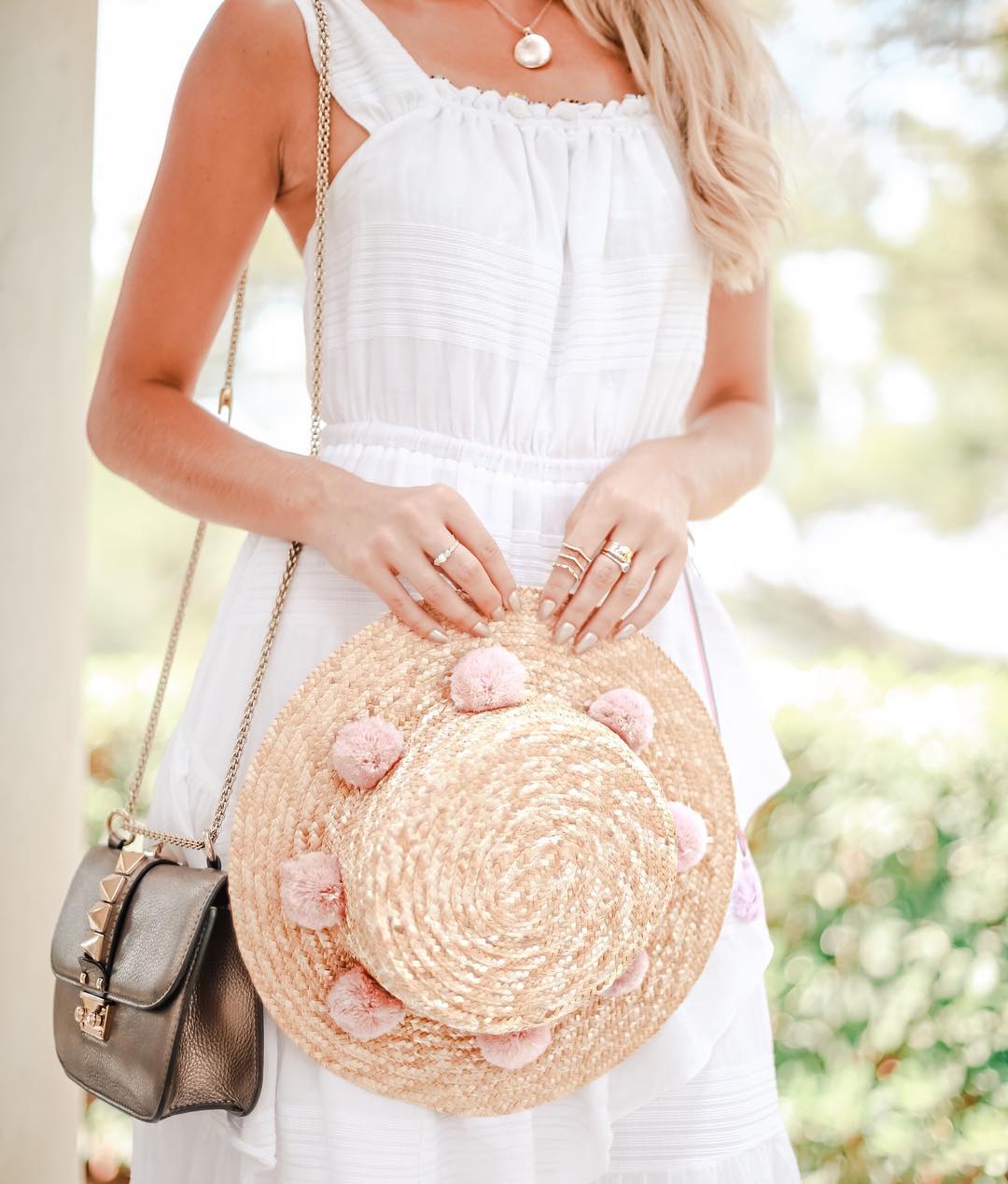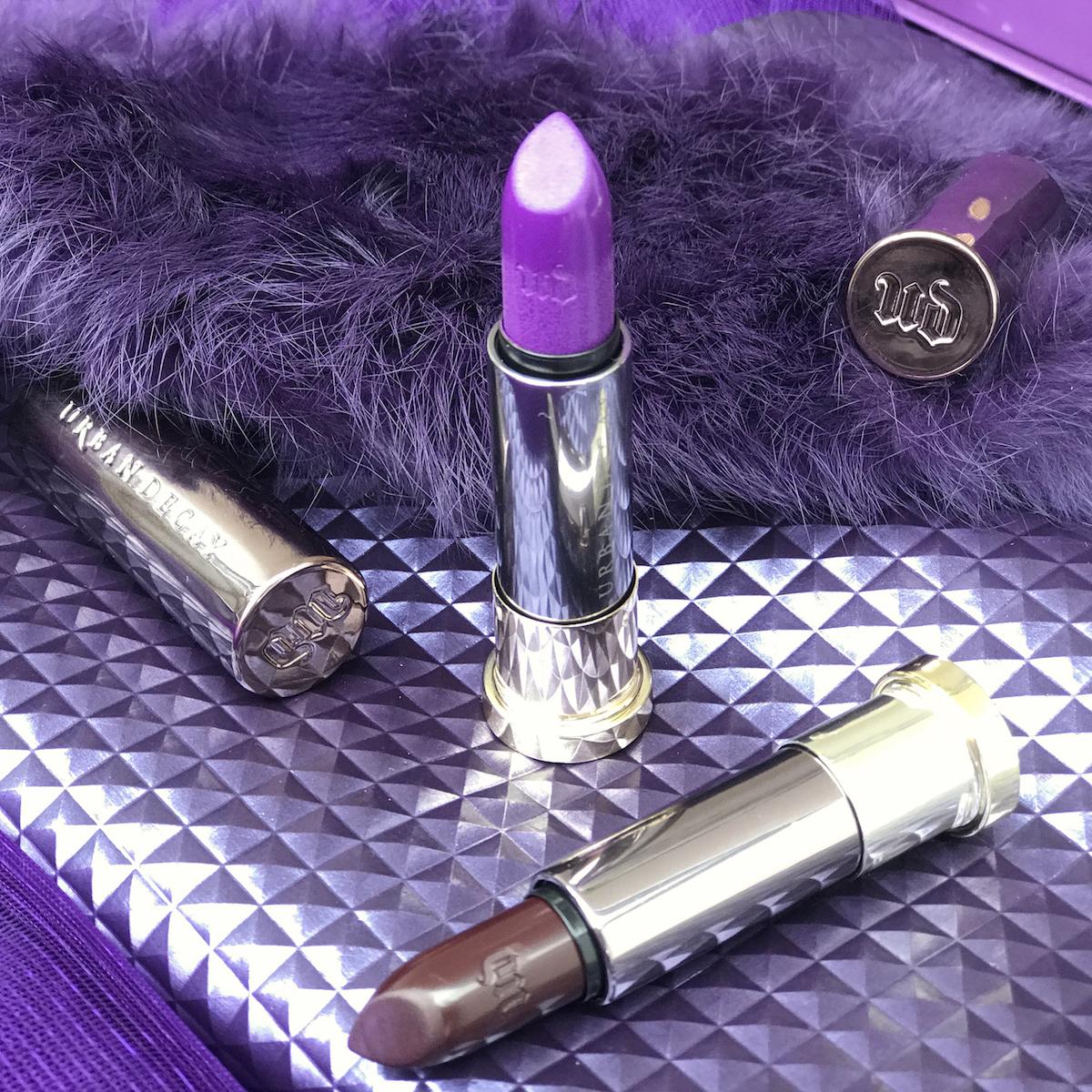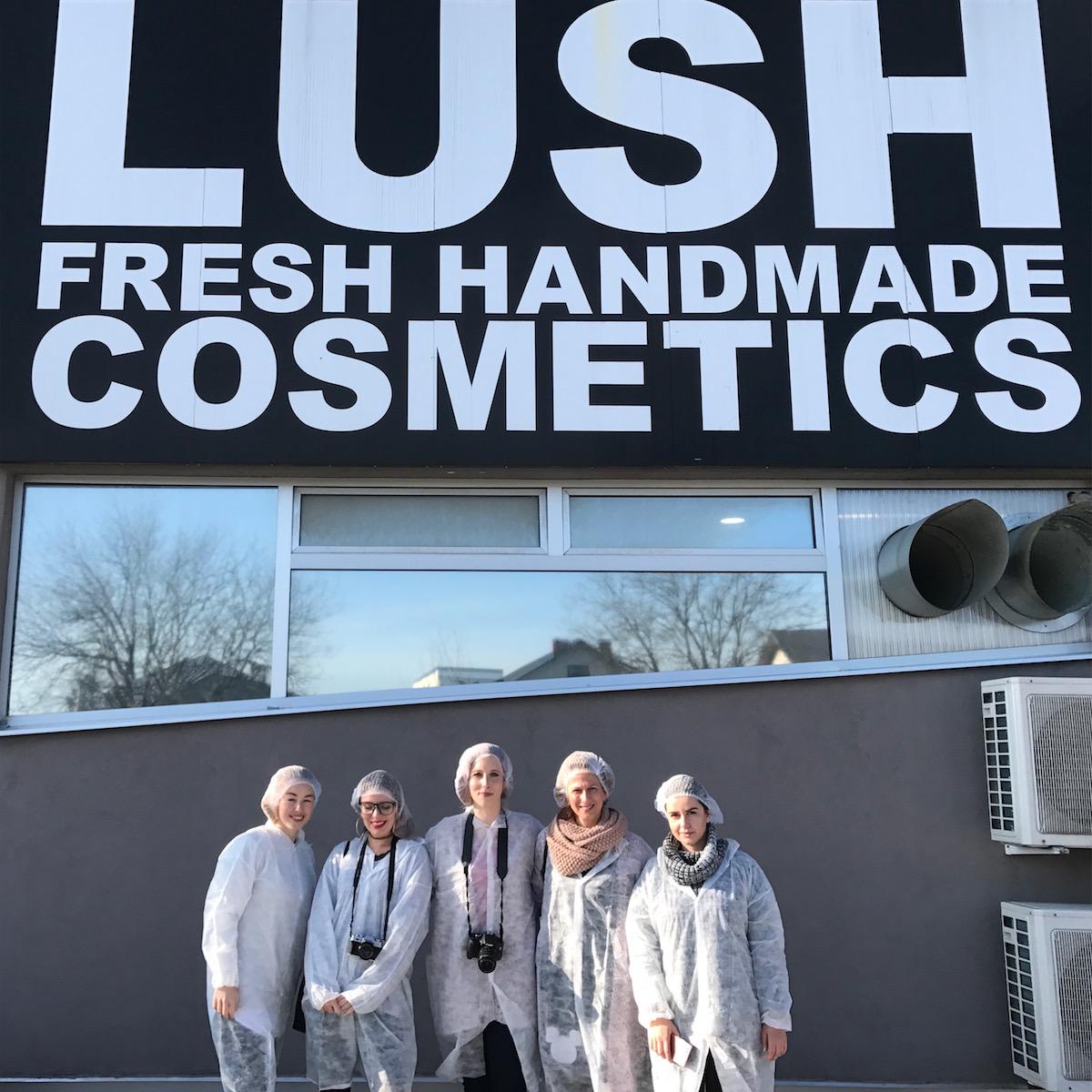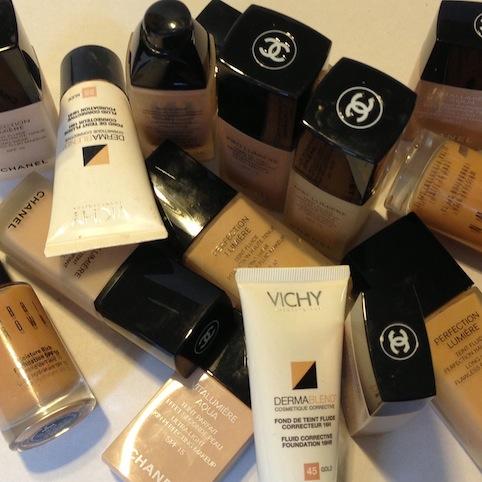Where to Dispose of Packaging and Unused Receptacles?
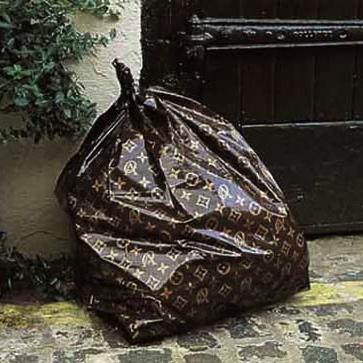
One of my blogging desires is to meet up over a cup of coffee with top experts from different fields. Each time I wrote a Beauty Bucket article (and got rid of numerous waste containers), I realised how much packaging waste I produce and, because sometimes I don’t know if I’m recycling cosmetic waste, I made a cup of coffee for an expert in waste-recycling, Mrs Nina Durin, Head of Operational Development in Interseroh, a company that specialises in the collection and processing of waste components.
Sound important? … Only the answers are important, because Nina is in fact a friend of mine and we haven’t seen each other in a long time, due to our busy jobs, family commitments and manic schedules. However, we managed to finally find some time to resolve some doubts concerning the recycling of cosmetic receptacles and unused products.
BB: Where to throw away expired cosmetics (receptacles), e.g. leftovers of sun-cream, toners, lipstick …?
Nina: It all depends on the type of cosmetic. Firstly, I would point out that you definitely shouldn’t pour liquid containers into the drain or toilet because both substances come back into our lives through drinking water, air or food. It is essential to pay attention to cosmetic products that could be hazardous wastes, such as nail polishers, hair dyes, sprays, paint removers, deodorants. These wastes are categorised as hazardous wastes. Hazardous waste must not be:
• disposed in ordinary waste containers,
• disposed in landfill sites or in nature,
• poured into the drain and sewage system.
Hazardous waste requires a special disposal method, in order to avoid its potential unhealthy impact. That’s why each year, most of the municipal services, organise a waste management campaign to collect hazardous waste from households, so that it is deposited separately from other non-hazardous waste. We can deposit them at the collection center or once a year during the campaign of collecting hazardous waste at a mobile collection points. Special caution should be applied with sprays, as they can explode under certain conditions (high temperature) and result in fire or can injure somebody; as well as cosmetics, which cause the most damage to nature, e.g. acetone.
BB: Are organic cosmetics (the content itself) hazardous waste or can you just throw it in bio-waste or compost deposits?
Nina: Organic cosmetics and cosmetics that do not contain hazardous substances are not hazardous waste. There are no specific instructions for handling this type of cosmetic. Here we must use our ‘common sense’. Again, I would stress that such cosmetics shouldn’t be emptied down the drain or toilet. I would advise that you throw the remaining contents of your cosmetic product into a ‘mixed waste’ bin and the package separately in the correct recycling box (mixed packaging, glass packaging, paper packaging, etc.). I am personally not familiar with any specific analysis or instructions that would allow organic cosmetics to compost, therefore I cannot give an expert opinion or reference on particular survey. First, I personally consider how this waste is treated, processed and what will become of it. We all know that some lipsticks contain lead, so I wouldn’t like to see this material being processed in organic compost and entering my food chain (e.g. lettuce). On the other hand, it is being advertised that we could even eat organic cosmetics… But even oil and bones, for example, are organic waste, however don’t belong in the organic waste disposal.
BB: Is it necessary to empty the packaging before you throw it away, clean it with water or is it better to wipe it with paper?
Nina: Yes, it is better for processing if the packaging is clean. A bottle does not need to be washed before, because such behavior would lead to unjustifiable use of drinking water. It is necessary only that it is empty, so it is best to fully consume the content.
BB: Where do you throw away sprays (which contains some metal parts, e.g. springs)?
Nina: Cosmetic products may contain glass, plastic, metal packaging or a mixture of all of these materials. Most municipalities separately collect glass, paper and mixed receptacles. Some municipalities also separately collect metal packaging. We dispose of our waste in this regard. If for example bottled Eau de Toilette also contains a metal cap, we place the bottle in a container for glass packaging, whereas we place the metal cap in the waste bin for mixed packaging or for metal waste. If the metal cap cannot be separated from the bottle, throw it into the mixed waste bin. Beauty products, e.g. cream in a glass jar, should be placed in a bin for glass packaging, whereas the ones in plastic packaging (tube, glass, touch, roll-one) in the bin for mixed waste packaging.
BB: Where do you throw away paper cosmetic packaging, which may not be clean anymore? E.g. paper, in which they wrap bars of soap?
Nina: Into the bin for paper and cardboard packaging, even if the smell of the contents remains, e.g. hard soap, unless it is a laminated paper or cellophane. The latter should be discarded into a bin for mixed waste.
BB: What do we do with caps or lids of cosmetic products? Are they suitable for collection?
Nina: In most cases, plastic caps are made from PP plastic (usually this type of plastic is labeled on the bottom side of the cap) and thus suitable for collection. The purpose of the cap collection is humanitarian. The objective is to obtain as much pure fraction as possible and thus, get a better price for the material. If the fraction is mixed – from different plastic materials, this fraction then needs to be previously categorised according to its material. This additional sorting bears further cost.
BB: Can a single cosmetic package be hazardous waste (e.g. nail polish remover packaging)? How is this indicated on the packaging?
Nina: If you think of the empty containers of hazardous substances (they are marked with F, F+, C, Xn, Xi, O and N)? These ones are treated as non-hazardous substances and packaging, so we throw the empty packaging into a container depending on the material (glass, plastic, cardboard). However, packaging, in which the substances are labeled with T, T+ and E must be collected as hazardous packaging, in order to be removed, which can be found in the collection center.
BB: Would you like to point out anything else related to the recycling of cosmetic receptacles?
Nina: It’s good to remember the following:
• Cosmetics must not be emptied down the drain or toilet.
• We have the opportunity to dispose of old cosmetics at collection centres or during specified collection of hazardous waste campaigns.
• Cosmetic products can be hazardous waste, especially if they contain dangerous substances – paint, colored hair sprays, nail polish removers, deodorants.
This post is also available in: Slovenian
